Cantonese Opera / Guangdong Opera
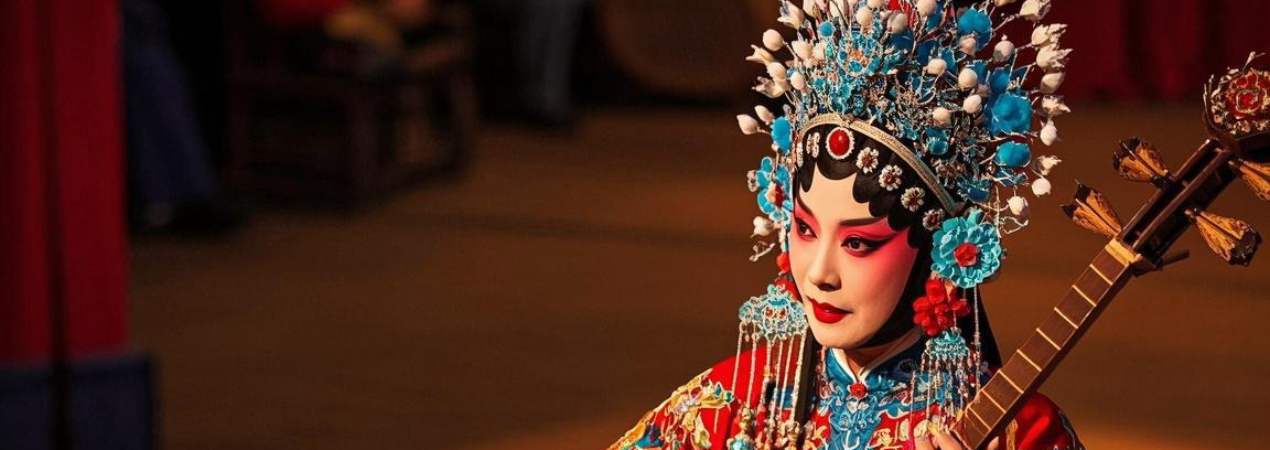
Cantonese Opera is fascinating for its vibrant and colorful art form. As time goes by, Cantonese Opera has not only become an important part of Guangdong's heritage but also captivated people with its unique style and profound storytelling. Now, let's explore the charm of Cantonese Opera from its history.
Cantonese opera is a local opera of the Han ethnic group. It was originally called "Guangdong Opera".
The History of Cantonese Opera
Originating from the Southern Opera, Cantonese opera emerged in Guangdong and Guangxi provinces since the Jiajing period of the Ming Dynasty. It is a performing art that combines singing, acting, reciting and martial arts. Initially, the language used in performances was the Zhongyuan Phonology, also known as the official language in the opera shed. By the end of the Qing Dynasty, in order to facilitate the promotion of the revolution, cultural scholars changed the performing language to Cantonese, making it easier for people in Guangzhou to understand.
In the fifth year of the Yongzheng reign of the Qing Dynasty, Zhang Wu(a famous Peking Opera actor) fled to Guangdong in disguise to avoid the pursuit of the Qing government. He took refuge in Foshan and taught the students Peking Opera. actors who used red boats for travel, making "Red Boat disciples" another name of Cantonese opera artists. He founded the earliest Cantonese Opera organization. So Foshan was regarded as the cradle of Cantonese opera.
Although the name "Cantonese opera" only appeared during the Guangxu period of the Qing Dynasty, its origin can be traced back to the middle of the Ming Dynasty over 400 years ago. In the thirty years before the founding of the People's Republic of China, Cantonese opera was basically divided into two major factions: the "provincial and Hong Kong big troupes" and the "mountain-crossing troupes" (or "rural troupes"). Li Wenmao, who was "granted the title of prince", was the only artist in the history of world drama to become the leader of a peasant uprising. Kuang Xinhua, the first president of the "Bahe Guild Hall" of Cantonese opera, was not only a representative of the "restoration in the Tongzhi reign" but also a famous veteran actor proficient in both civil and martial roles.
In the late Qing Dynasty, there was emerging a sea of excellent opera performers. The 1930s was known as the era of "the rivalry between Xue and Ma" in the history of Cantonese opera. Xue Juexian's style was close to that of Peking Opera and he could perform many roles like sheng, dan, jing and chou.Ma Shizeng excelled in the role of chou. In a series of plays with the "miser" as the protagonist, he fully exposed the ugly features of feudal landlords and capitalists. He not only fascinated a large number of audiences in Guangdong, Guangxi, Hong Kong, Macao and Southeast Asia, but was also highly popular during his many years in the United States.
Cantonese opera was included in the first batch of 518 national intangible cultural heritage lists announced on May 20, 2006. On September 30, 2009, Cantonese opera was recognized by UNESCO and inscribed on the Representative List of the Intangible Cultural Heritage of Humanity.
Cantonese opera is a type of opera that has integrated various tunes such as Haiyan, Yiyang, Kunshan, and Bangzi that flowed into Guangdong since the Ming and Qing dynasties, and absorbed the folk music of the Pearl River Delta. It mainly features Bangzi (called Xipi in Peking Opera) and Erhuang. It is popular in Guangdong, Guangxi, Taiwan, Hong Kong, and Macao. There are also performances of Cantonese opera in regions where there are concentrated communities of Cantonese overseas Chinese, such as Singapore, Malaysia, Vietnam, Myanmar, Cambodia, the Philippines, Indonesia, Australia, the United States, Canada, Mexico, Cuba, and Central and South America. Cantonese opera was included in the first batch of 518 national intangible cultural heritage lists announced on May 20, 2006. On October 2, 2009, jointly declared by Guangdong, Hong Kong, and Macao, Cantonese opera successfully became a world intangible cultural heritage.
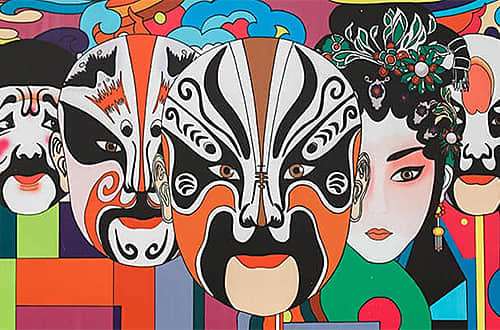 Beijing Opera
Beijing Opera 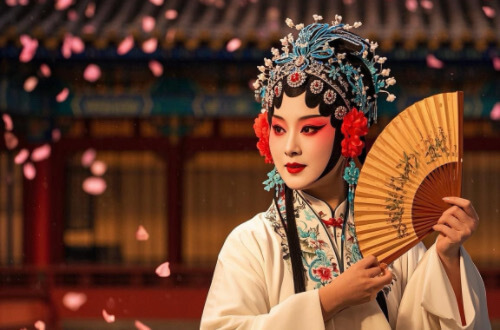 Kun Opera
Kun Opera 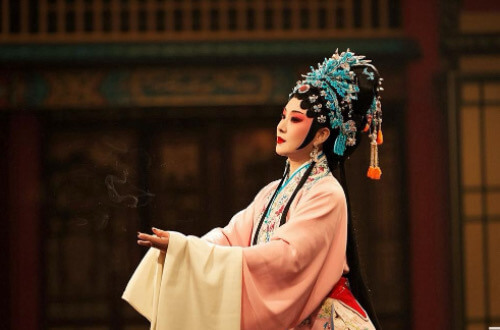 Yue Opera
Yue Opera 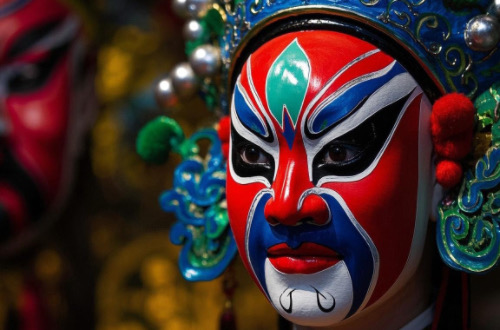 Sichuan Opera
Sichuan Opera